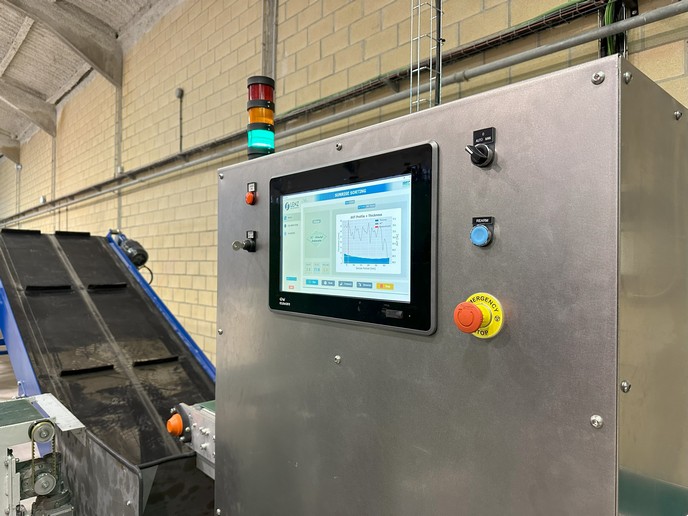Innovative biocomposites for structural applications
Polymer composite materials consist of at least two elements – a bulk material also referred to as 'the matrix', and a reinforcement mainly in fibre form. The ultimate goal in developing composites is to improve the properties of each element mainly to increase the strength and stiffness of the matrix. When using natural fibres in biocomposites with thermoplastic biopolymers, the resultant materials bring improvements in terms of biodegradability, disposal and mechanical properties. However, this technology is not yet available for use in structural applications. To address this, the EU-funded 'Aligned natural fibres and textiles for use in structural composite applications' (NATEX) project focused on the development of composite structural materials that consisted of thermoplastic or thermoset resins and natural fibres. It was envisaged that the new products would compete in applications where materials from non-renewable resources like steel, aluminium and reinforced plastics are used today. The key objective of the NATEX consortium was to develop and optimise techniques for modifying the fibre surface, and for spinning and weaving the fibres in order to improve their impregnation in the matrix polymer. Additionally, a range of resin-processing methods and joining technologies were tested and adapted to improve the compatibility of the polymers with natural fibres. Innovative two- and three-dimensional fabrics from blends of thermoplastic and natural fibres have also been successfully prepared and characterised. The processing of thermoplastic biocomposites gave reinforced mechanical properties to the resultant materials, thereby increasing their prospective use in structural applications. NATEX products are envisaged to be able to compete in industrial applications, including automotive and energy systems, for the construction of agricultural machinery and for shipbuilding.







